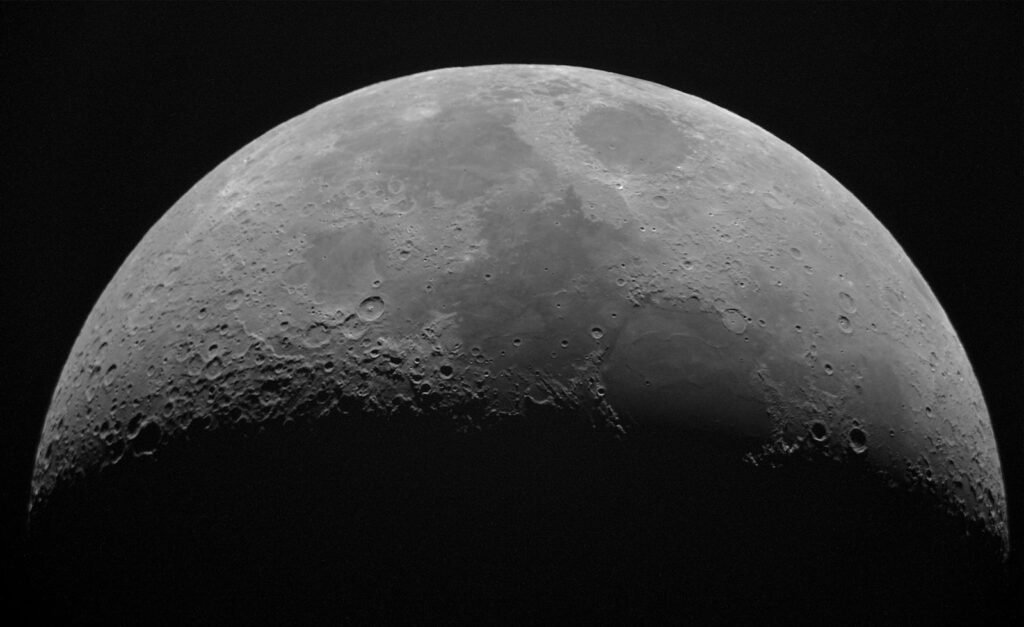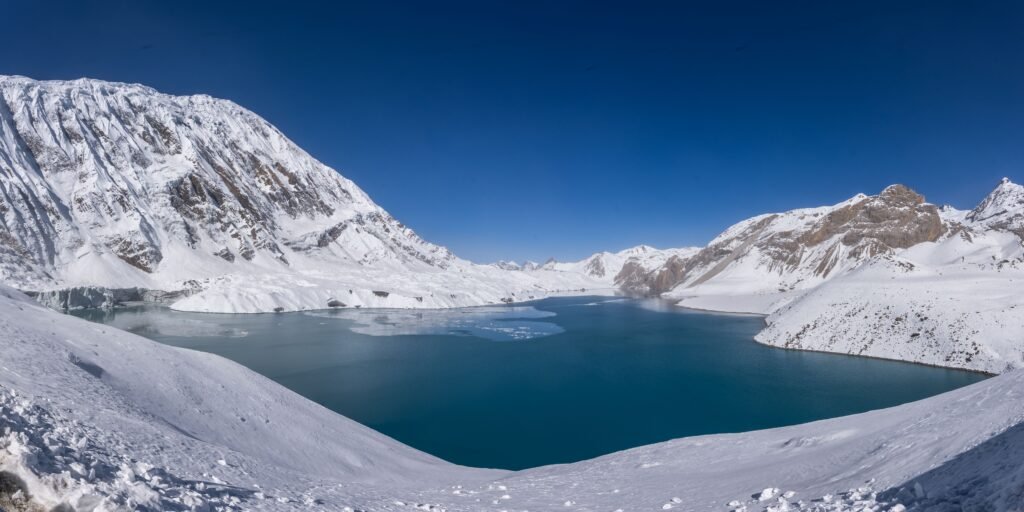Step onto the Moon and the scale plays a delightful trick: your weight plummets, your steps feel springy, and suddenly the body you know behaves like it’s learning a new dance. Behind that thrill is a story of mass, distance, and the quiet pull of worlds – nothing mystical, just the universe’s rules applied in a new setting. Scientists have chased this riddle from ancient sky-watchers to modern missions, and the answer reshapes how we think about exploration and our own limits. With new lunar expeditions on the horizon, the physics of “lighter” living is no longer an abstract classroom problem – it’s a design constraint, a health question, and a gateway to a different kind of economy in space. The real surprise isn’t that you weigh less on the Moon; it’s how much that simple fact changes everything else.
The Hidden Clues
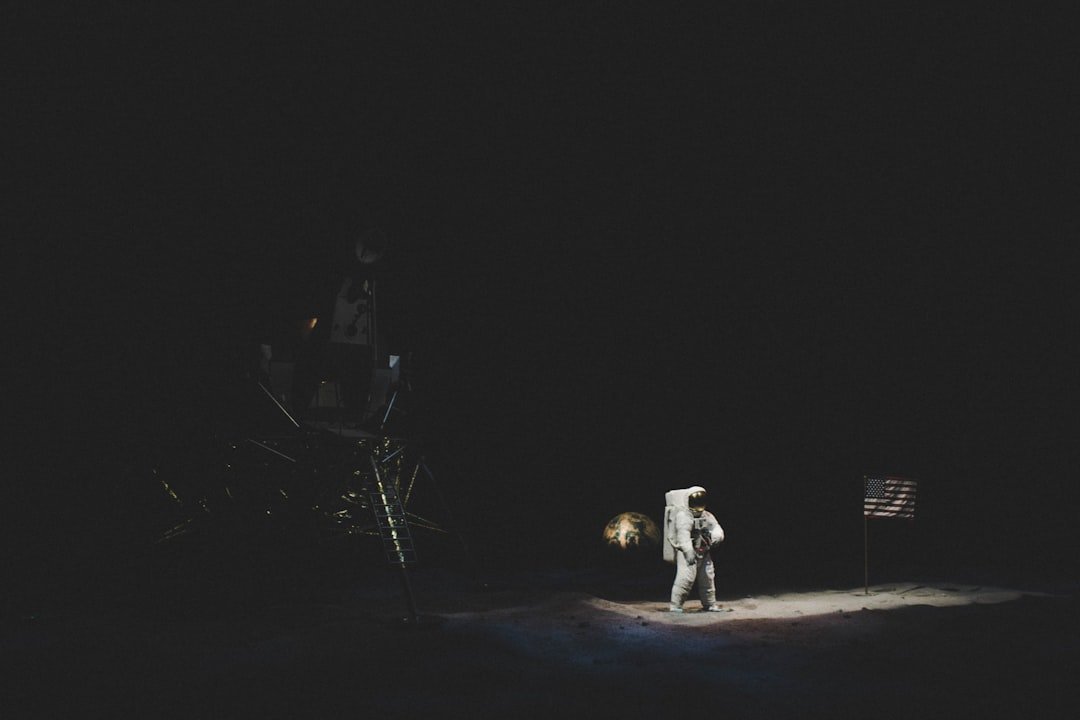
Lose roughly about five sixths of your weight in one short spaceship ride – how’s that for a plot twist? The Moon’s gentler pull doesn’t change you; it changes the force acting on you. Weight is a force, and forces depend on context, so swap the world and your body’s “number” follows. That single shift unlocks new ways of moving, working, and even measuring time with your own heartbeat. The clue is simple, but the consequences are sweeping.
Astronaut footage shows bounding steps that look playful but are actually careful solutions to a new environment. On Earth, your muscles and reflexes are tuned to a stronger tug; on the Moon, balance recalibrates and footfalls linger. Tools feel feathery until momentum reminds you they’re still the same mass. What looks like slow motion is your brain negotiating with a different gravity, inventing a temporary choreography to stay upright.
From Ancient Tools to Modern Science
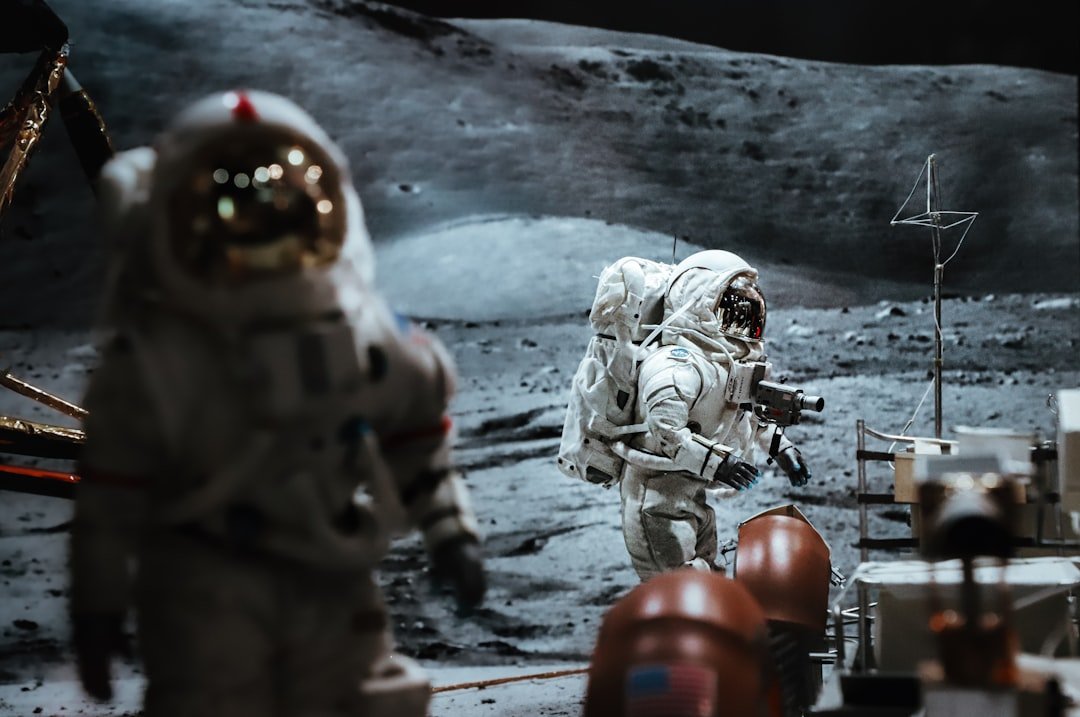
Our road to lunar lightness began with careful watching – planets looping, apples falling, pendulums ticking like cosmic metronomes. Early thinkers mapped patterns, then modern science stitched them together with experiments that pinned gravity to numbers. During the space age, we stopped guessing and started measuring the Moon directly, from orbital tracking to surface instruments. Data sharpened the picture: smaller world, lower mass, softer pull, all aligning with the laws we test every day on Earth. The Moon turned from myth to lab bench.
Each step forward made the next question practical instead of philosophical. How would wheels bite into powdery regolith when “down” is dialed back? Could a habitat rely on Earth-style plumbing when fluids drift toward equilibrium more easily? Mission planners moved from chalkboard to checklist, translating centuries of theory into checklists that kept real people safe. The Moon taught us by letting us stand on it.
Inside the Equation
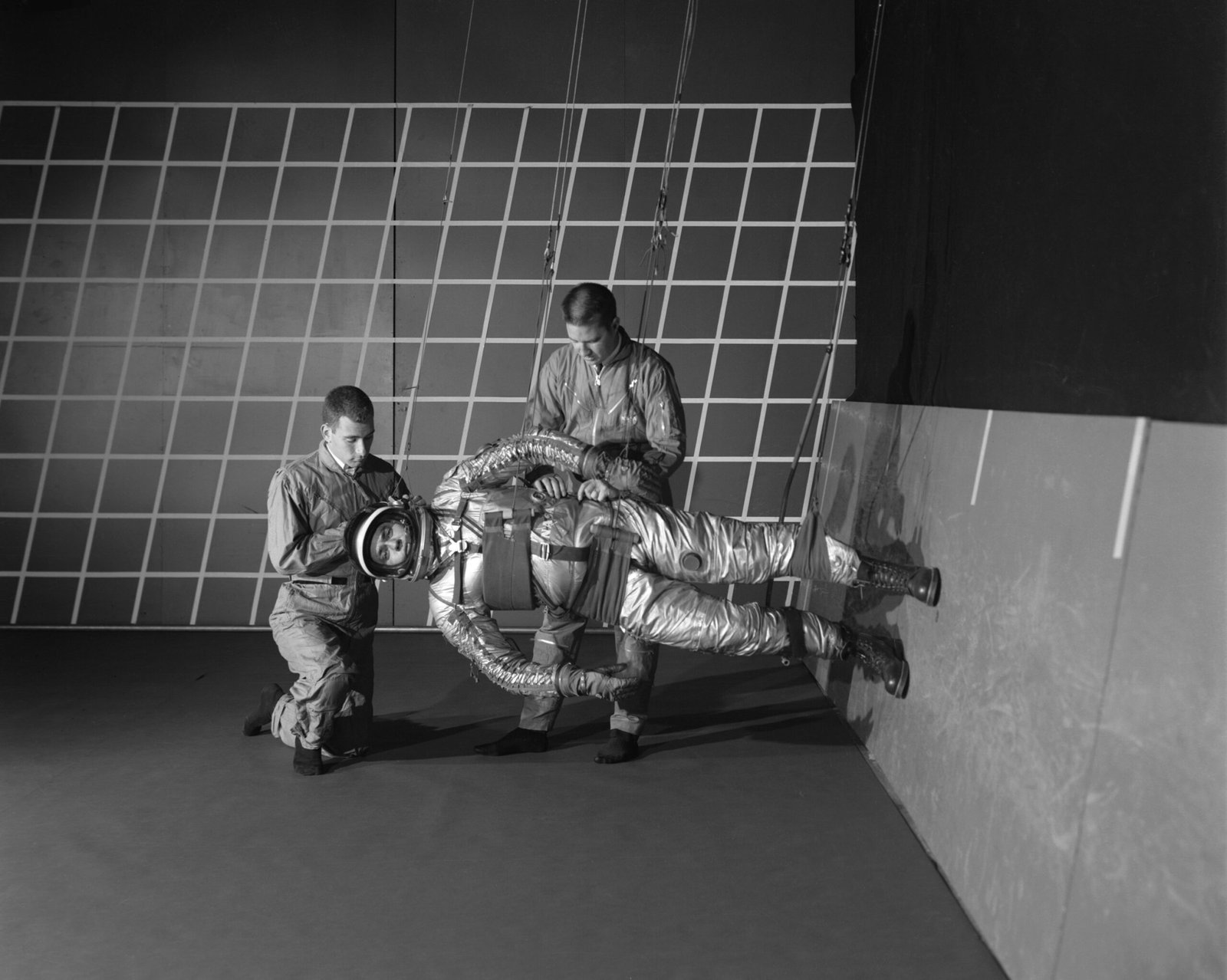
The rule is crisp: surface gravity scales with mass and inversely with the square of radius, the familiar G times M divided by r squared. The Moon’s mass is far smaller than Earth’s while its radius is about a quarter, a double whammy that leaves surface gravity at roughly about one sixth of what you feel here. That means your mass – your actual “stuff” – doesn’t change, but the force pulling on it does. Scales read force, not identity, so the number drops even though you haven’t.
Another twist comes from density: Earth’s iron-rich interior packs a punch, while the Moon’s average density is lower, nudging its gravity down further. Put it all together and the math predicts the bounce you’ve seen in lunar clips for decades. The equation isn’t a rumor – it’s the blueprint that engineers use to size landers, suits, and tools that must behave reliably in a softer field.
The Human Body on Lunar Scales
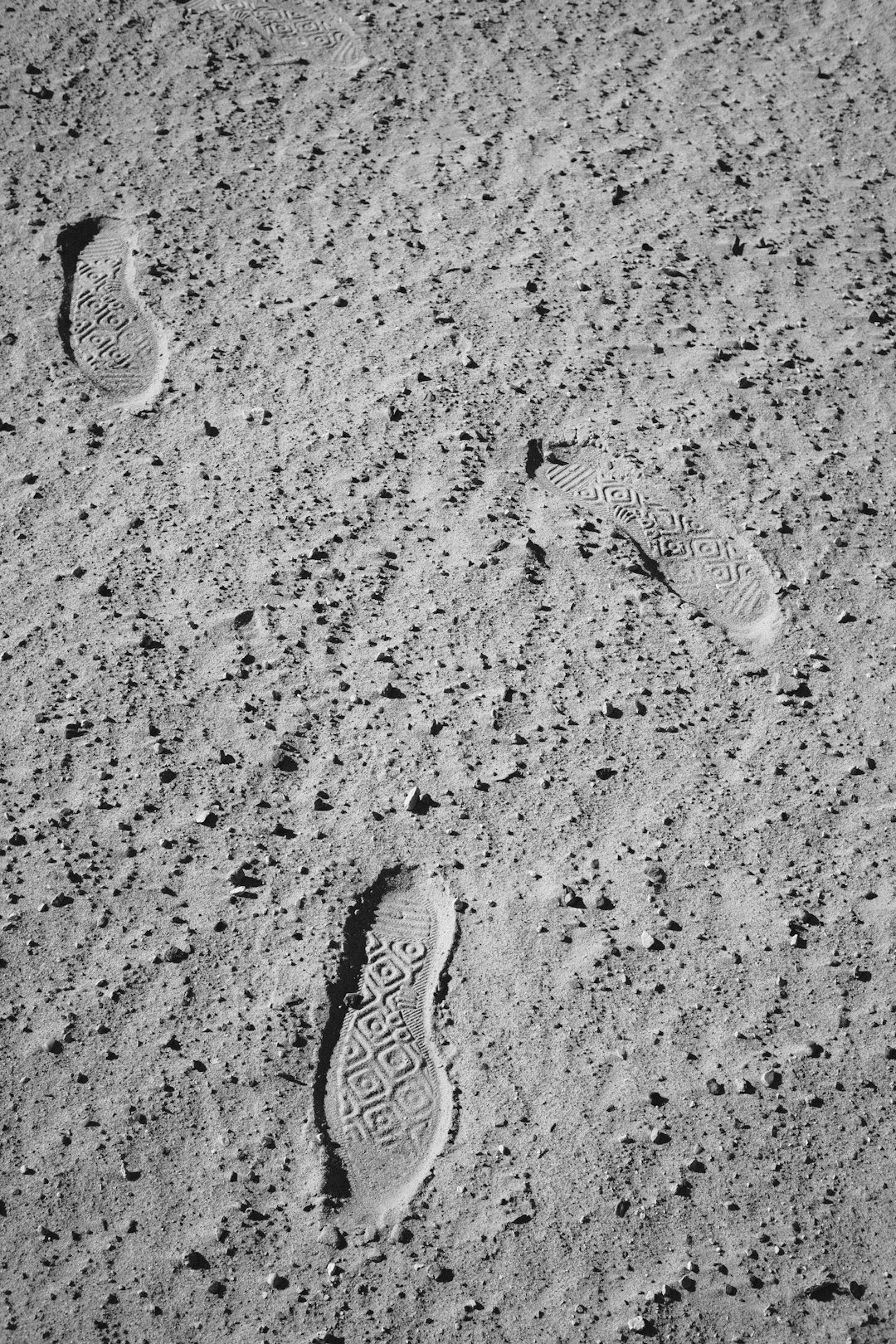
In one sixth gravity, walking becomes a negotiation between spring and stability. Your calves do less of the heavy lifting, while hips and core take on a bigger role keeping you centered over slower steps. I tried a lunar-gravity harness once, and my instincts were hilariously wrong – push too hard and you drift into an awkward hop, too gentle and you shuffle like you’re on pillows. Balance learns, though, and a new rhythm emerges that wastes less energy per step. It’s the body’s way of rewriting a familiar playbook in softer ink.
Physiology doesn’t get a free pass just because gravity is reduced rather than absent. Bones and muscles still need load to stay strong, so long stays will require exercise tuned to one sixth g. Fluids redistribute differently than in microgravity, but they won’t behave exactly like they do on Earth either. Suits, treadmills, and daily routines will quietly dose the body with mechanical stress to keep it resilient. On the Moon, staying healthy is a design problem as much as a medical one.
Engineering Reality: Rockets, Fuel, and Cost
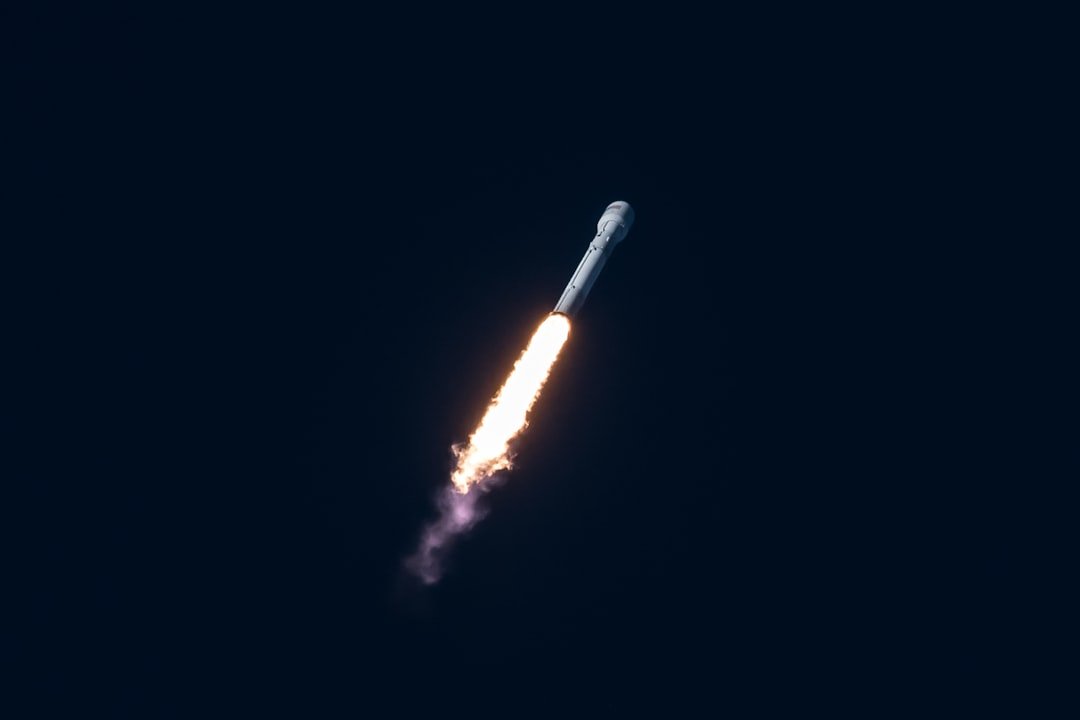
Gravity writes the bill for spaceflight, and the Moon is a generous accountant. Lower gravity slashes the energy needed to land cargo, take off again, or hop between sites, making round trips genuinely achievable with modest vehicles. That changes architecture choices: more small deliveries, more refueling options, more flexibility in emergencies. Suddenly, a supply chain beyond Earth feels less like fantasy and more like logistics.
Consider a few anchor facts that shape the math: – Earth’s escape speed is blisteringly high, while the Moon’s is far lower. – Landers can be lighter, with thrusters throttled to gentler descents. – Surface hops become practical, opening regional exploration without full-on orbital maneuvers. When fuel weighs less on your balance sheet, exploration can move from heroic to routine. In spaceflight, routine is where safety lives.
Why It Matters
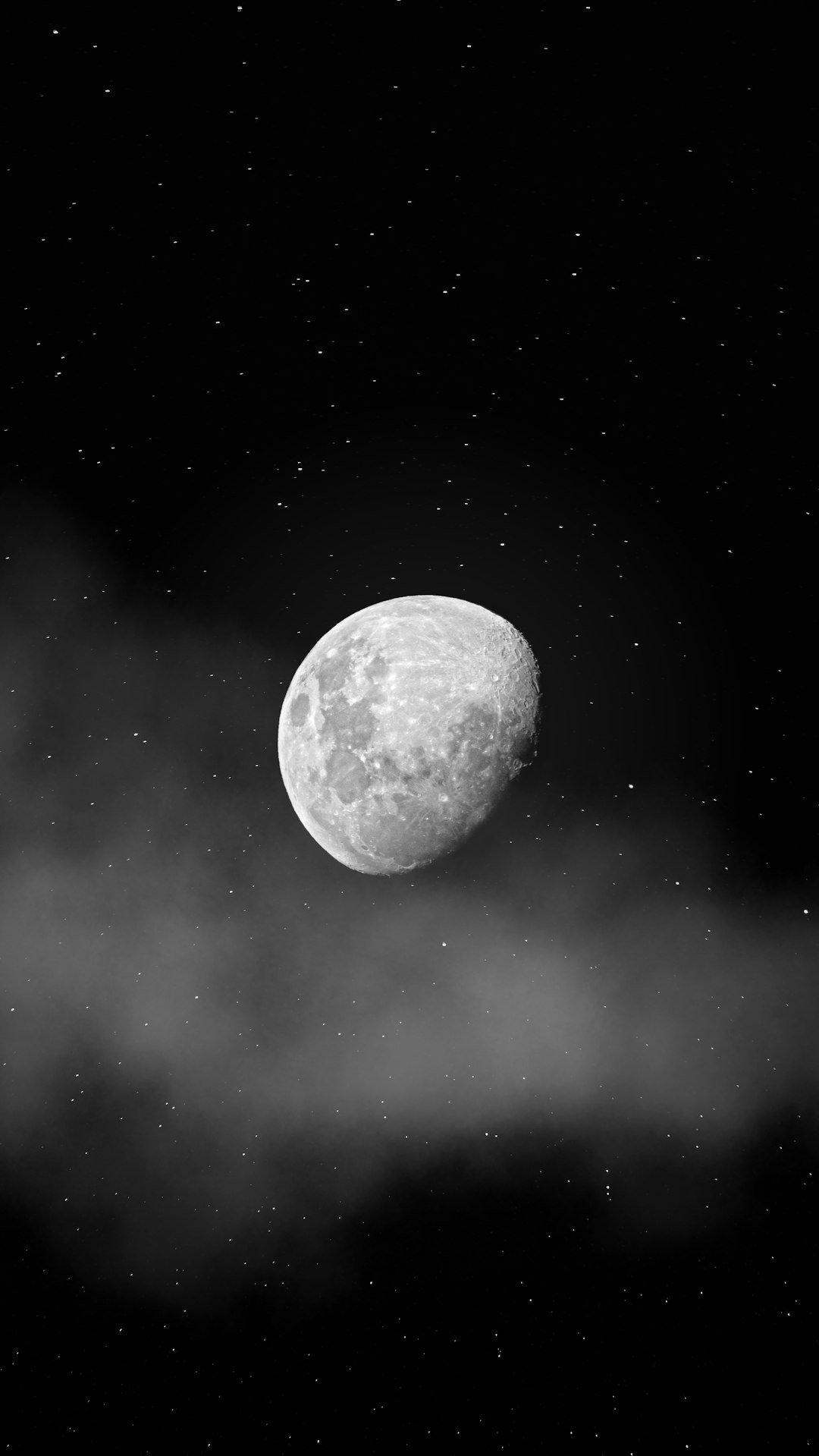
This is more than trivia for a dinner party – it’s the hinge on which lunar living will turn. A reduced gravitational field dictates how we build habitats, move heavy gear, and protect the body over months, not days. Compared with the old model of brief, flag-planting visits, today’s goals demand infrastructure that treats one sixth g as the default, not a novelty. That means flooring designed for different footfall forces and machines calibrated for mass, not just weight. Practical science steps in where spectacle fades out.
It also reframes education: physics gets personal when your own body is the demonstration. Students who once memorized equations can imagine lifting a toolbox on the Moon and feeling the inertia fight back. That mental shift – connecting symbols to sensations – builds the kind of intuition engineers and medics will need out there. A smaller pull becomes a bigger teacher.
Global Perspectives
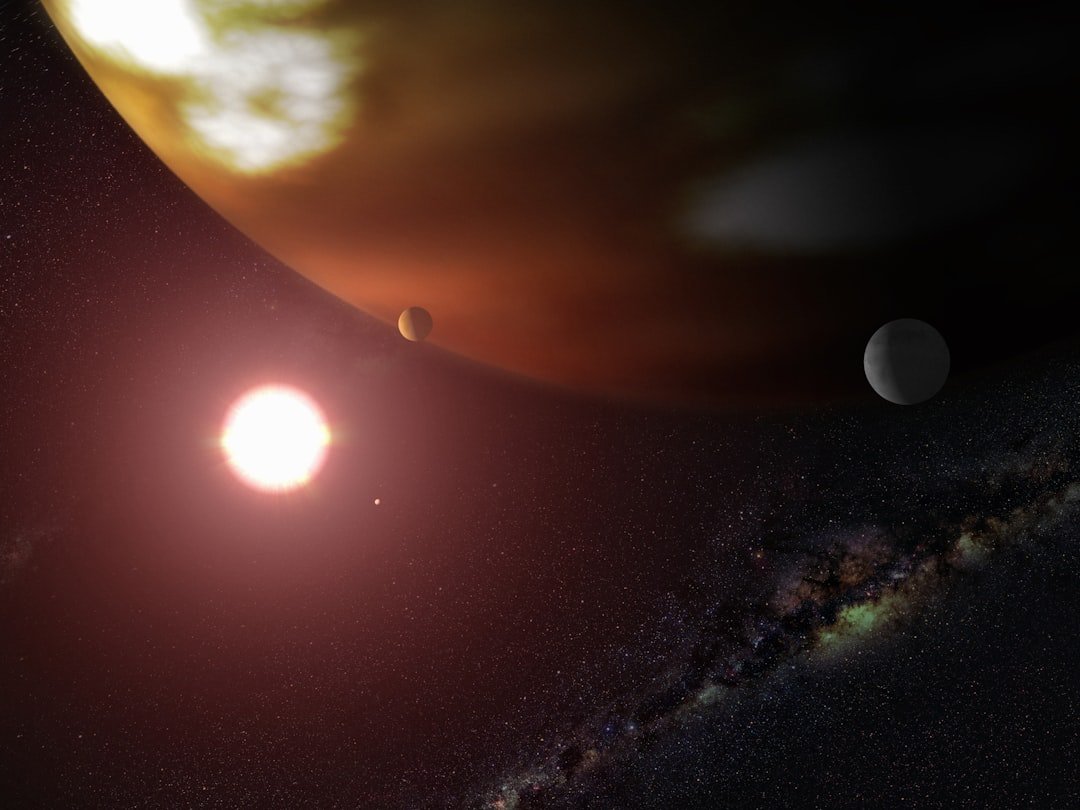
The Moon isn’t the only world with a distinct gravitational signature, and comparisons sharpen our judgment. Mars tugs at roughly about two fifths of Earth’s pull, which hints at easier construction than on Earth but tougher terrain than the Moon. Tiny asteroids barely tug at all, turning every step into a potential launch and every tool into a projectile waiting for the lightest nudge. Mercury nudges close to Mars in surface gravity, reminding us that mass and size can conspire in surprising ways.
For a growing community of spacefaring nations and companies, these differences steer strategy. Training on Earth will increasingly simulate multiple gravities, not just microgravity, so crews arrive with a library of muscle memories. Standards for gear, safety, and health will likely evolve into global norms – because physics doesn’t recognize borders. Shared understanding of gravity becomes a quiet foundation for cooperation.
The Future Landscape
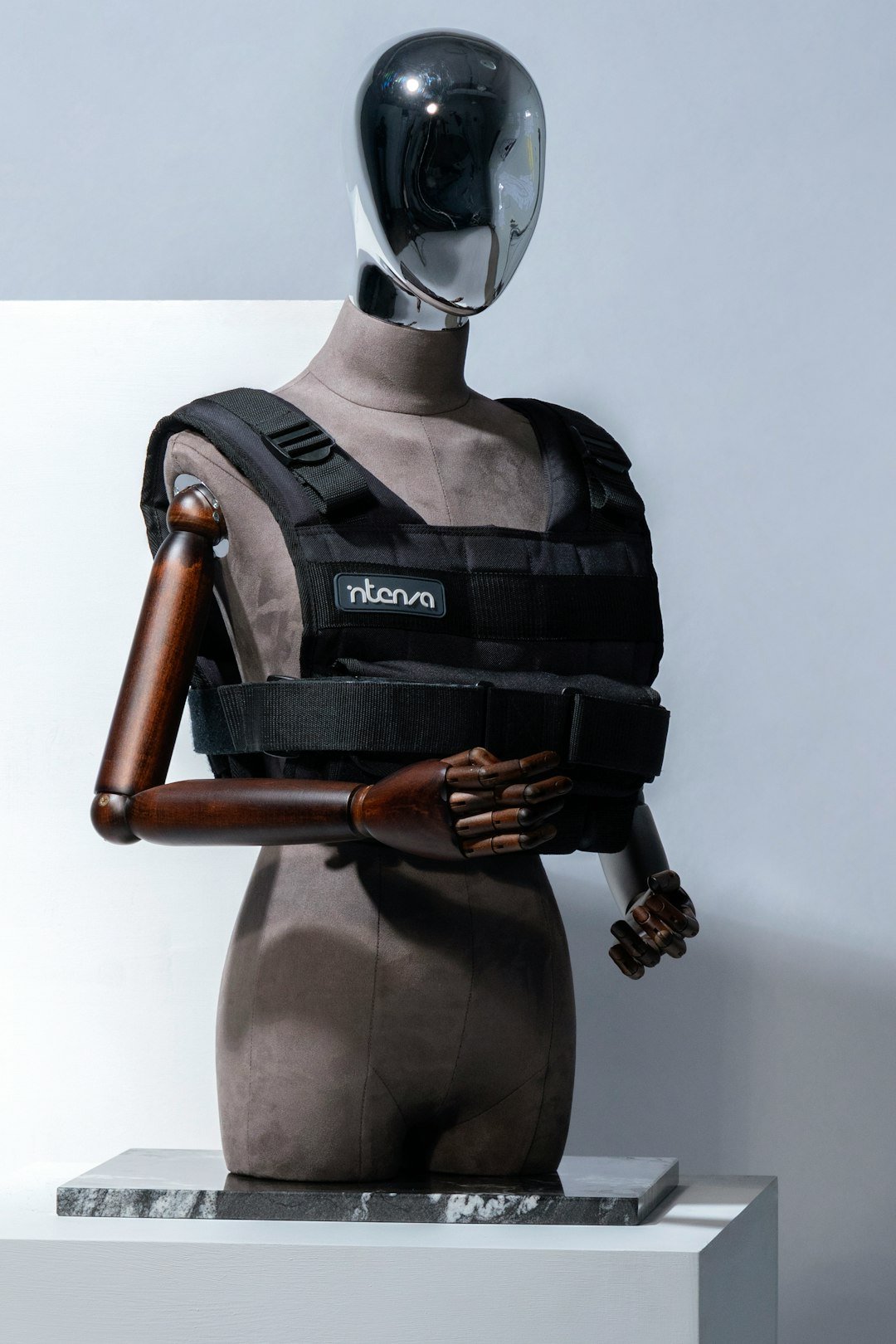
Next-generation suits will act like wearable exoskeletons, fine-tuning spring and support so every step on powdery ground feels confident. Surface vehicles will borrow tricks from trail bikes and lunar rovers, blending low-pressure tires with smart traction control. Robotic “mules” could shoulder mass while humans handle precision tasks, exploiting low gravity to carry more with less strain. Energy systems will bank on lighter structures that don’t need to muscle against Earth-strength loads, freeing mass for science and safety.
New habitats may use regolith bricks sintered by sunlight or microwaves, their weight-friendly geometry optimized for one sixth g. Medical devices will calibrate for different blood pressures and heart workloads, catching problems before they cascade. Hoppers might stitch together a network of sites, bouncing across craters the way bush planes connect remote towns. The big picture is pragmatic: gravity-aware design will separate robust outposts from fragile camps.
Myth-Busting Moments
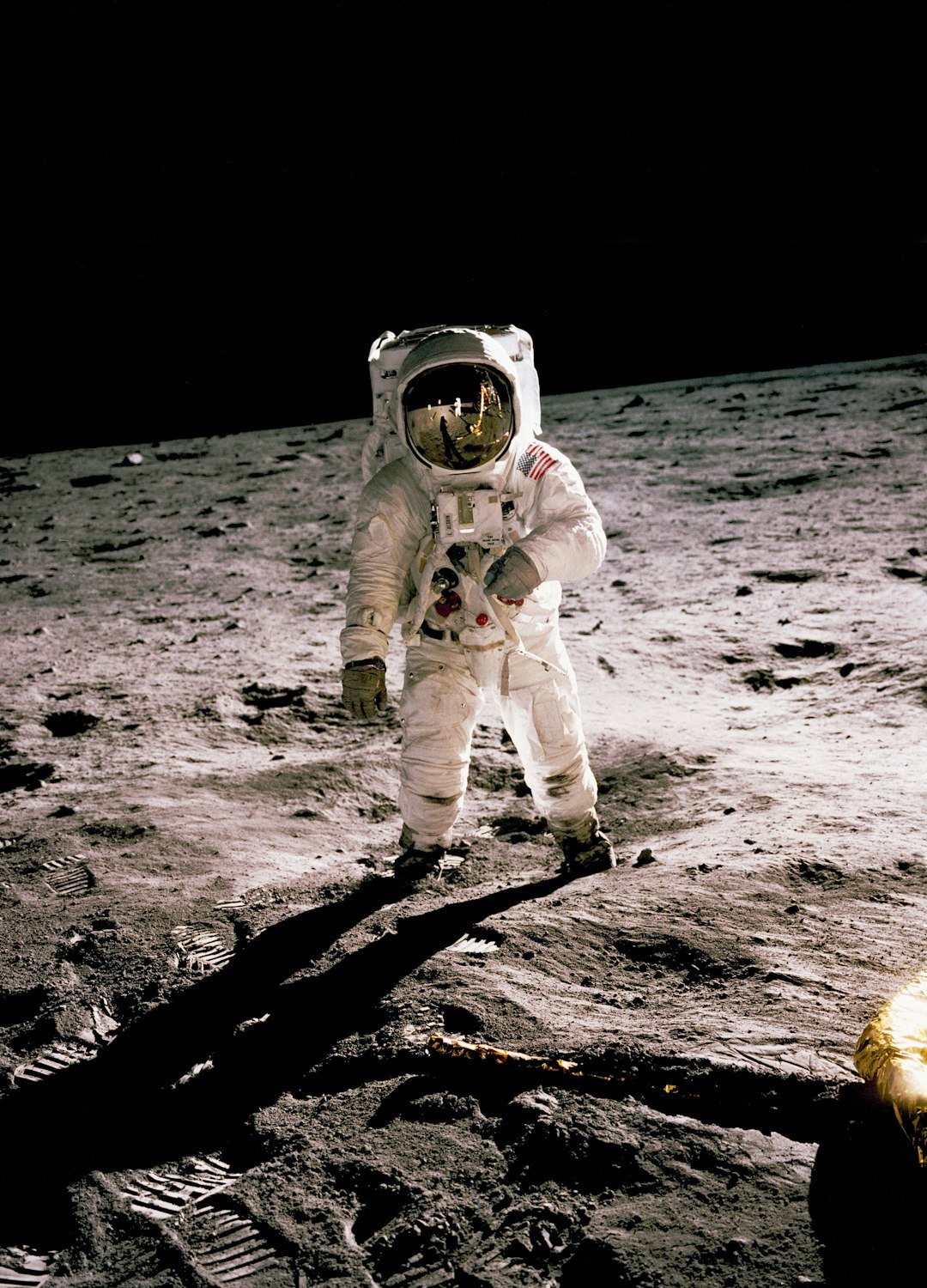
First myth: you’re weightless on the Moon – nope, you’re simply less weighed down, and you still fall if you trip. Second myth: lower gravity means you can lift anything – mass stays the same, so inertia still argues with your muscles. Third myth: jumping is easy and safe – your landing is slower, but awkward momentum can carry you somewhere you didn’t intend. Fourth myth: atmosphere is the reason for lightness – gravity, not air, sets your scale reading.
Fifth myth: physics is optional if you’re careful – on another world, physics is the only rulebook you get. Recognizing these traps isn’t pedantic; it’s preventive medicine for explorers and engineers. On a frontier where margins are thin, clarity beats bravado every time. The Moon rewards respect more than swagger.
Everyday Intuition vs Physics
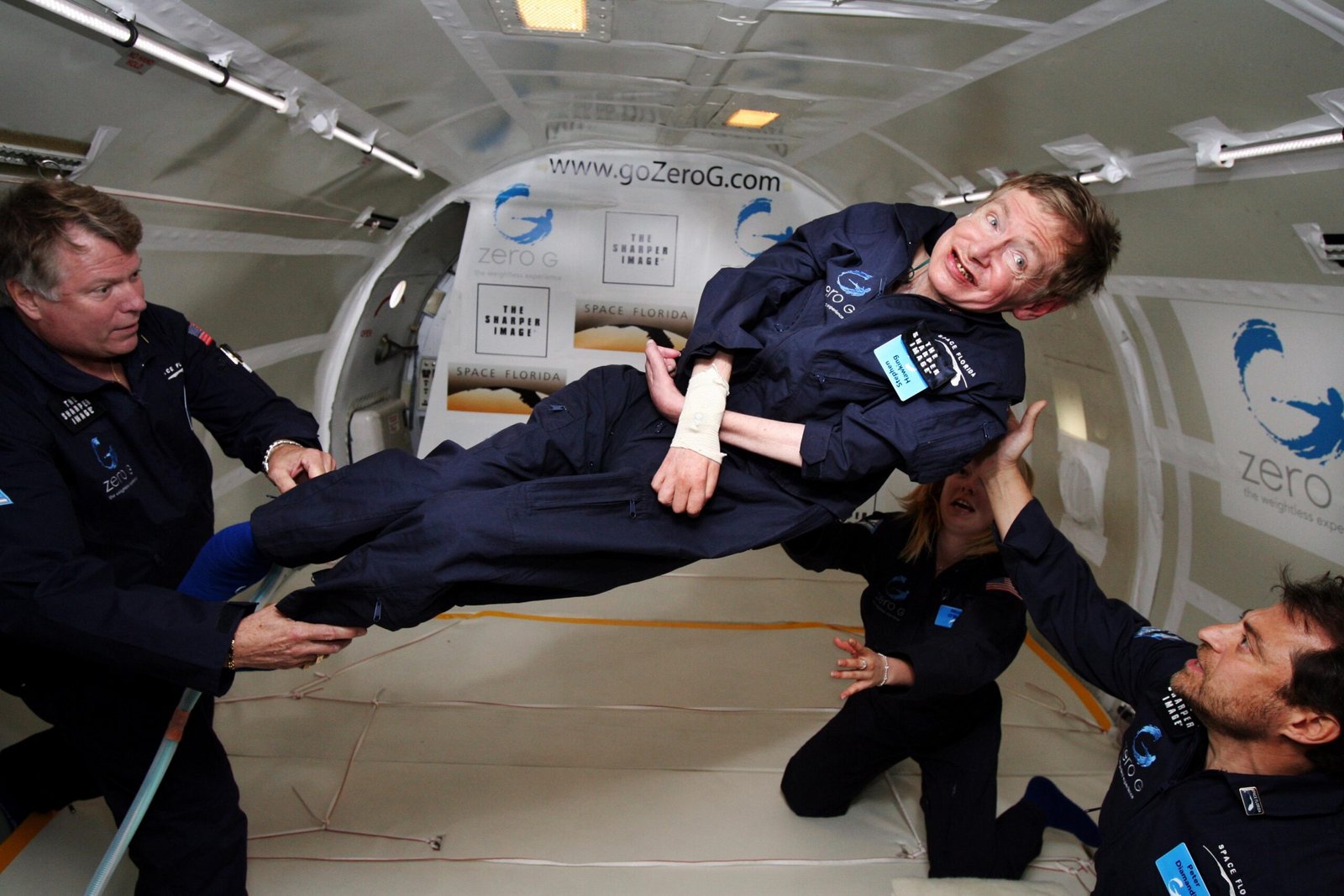
Back home, you can feel gravity’s variations if you know where to look, though they’re subtle. Stand at sea level on the equator and you’re gently “lighter” than at the poles thanks to Earth’s rotation and shape, though the difference is well under one percent. Climb a mountain and the extra distance from Earth’s center shaves off another tiny slice. Your scale won’t gasp, but a precise instrument will.
These small shifts are the same principle that makes the Moon so dramatic. Change mass and radius, change the force; change the force, change the way we live with it. It’s the same story told at two volumes – whisper on Earth, chorus on the Moon. Understanding both tunes makes us better listeners to the universe.
Conclusion
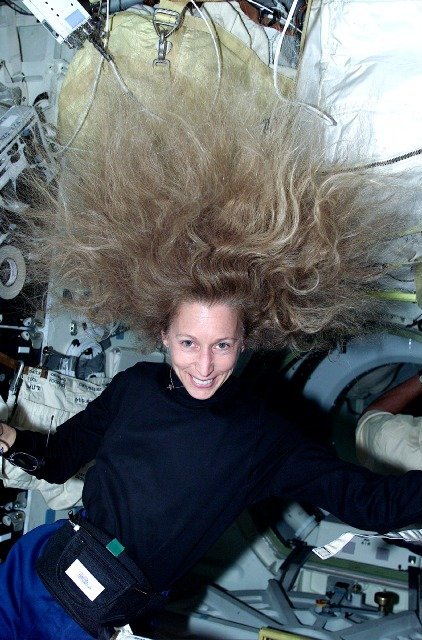
Turn curiosity into practice by playing with gravity in your daily life: time a jump, feel inertia pushing back when you swing a backpack, or try a lunar-gravity simulator at a museum. Support research that studies partial gravity health, because safe exploration depends on data, not hunches. Encourage schools to teach physics with body-scale experiments that connect equations to sensation. Follow mission updates and advocate for open science so lessons from the Moon flow back into classrooms and clinics.
Most of all, keep asking the simple questions that change everything: what happens if we switch the world beneath our feet? The answer is a lighter step, a smarter plan, and a future built with the universe’s rules in mind. The Moon’s gentle tug is an invitation to learn with our whole bodies. If your scale could talk up there, wouldn’t you want to hear what it says next?

Suhail Ahmed is a passionate digital professional and nature enthusiast with over 8 years of experience in content strategy, SEO, web development, and digital operations. Alongside his freelance journey, Suhail actively contributes to nature and wildlife platforms like Discover Wildlife, where he channels his curiosity for the planet into engaging, educational storytelling.
With a strong background in managing digital ecosystems — from ecommerce stores and WordPress websites to social media and automation — Suhail merges technical precision with creative insight. His content reflects a rare balance: SEO-friendly yet deeply human, data-informed yet emotionally resonant.
Driven by a love for discovery and storytelling, Suhail believes in using digital platforms to amplify causes that matter — especially those protecting Earth’s biodiversity and inspiring sustainable living. Whether he’s managing online projects or crafting wildlife content, his goal remains the same: to inform, inspire, and leave a positive digital footprint.

